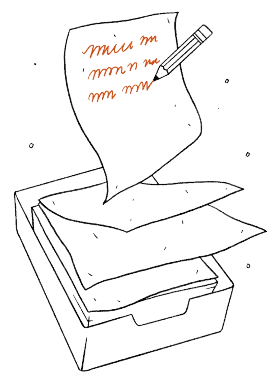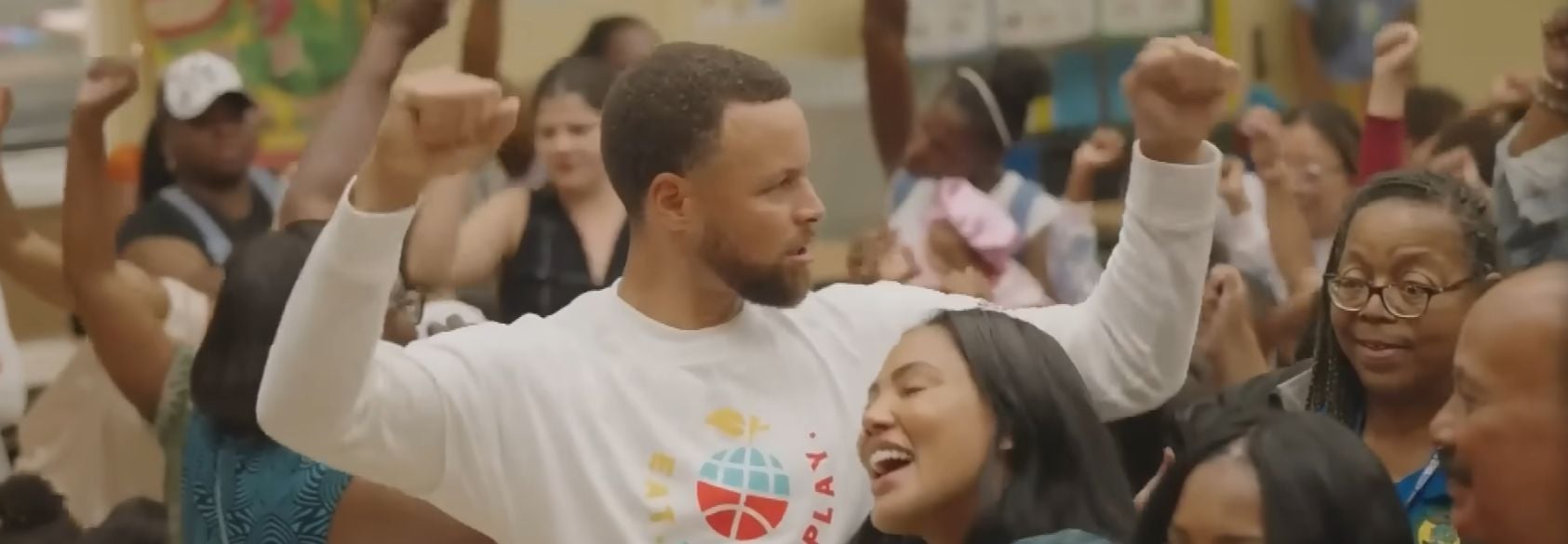I only remember two things from my new-teacher orientation—which, granted, was 14 years ago: an exceptional amount of paperwork that was even more important than I knew at the time, and a very unattractive picture taken for my ID badge. Incidentally, try to look good for that picture. In my district, you have the same picture forever, so you are frozen, cruelly, on one of the most stressful days of a teacher’s career. (And, in my case, a really bad decision to have had highlighted hair.)
First, do pay attention to the paperwork and details. Do not be afraid to look stupid. It matters greatly to your life if you choose to be paid over 21 weeks or 26 weeks, how much you have deducted from your paycheck, what status you claim—particularly how you plan to feed yourself when summer comes, but also for tax repercussions. Ask anything. I promise that your questions aren’t going to stump the people who spend their days handling these types of things. Second, it is a really good career move to let people help you. Be appreciative, and remember who these “helpers” are for future reference. Ask any veteran teacher, and he or she can tell you that knowing the right people in a school setting can make your life go much more smoothly. Always say “thank you.” And, if the assistance saves you from catastrophe, buying a cup of coffee for the person who helped you is a great way to show your appreciation.
So, you make it through the long trainings, the paperwork and the panic. Now, it is time for the authentic teacher orientation—the one that happens when you walk through the doors of the school not as a student, not as a student teacher, but as the real deal: a teacher. I’m a big believer in letting everyone find his or her own way, but there are two key fundamentals that have a huge impact on students and are worth thinking about (as if you don’t have enough on your mind!).
It’s all about the relationships. You can be a master of content, but you will never find success in the classroom until you are a master of relationships. That means knowing your students, their parents and the school community. It is your job to make learning happen for every child; and to do so, knowledge of the student’s life is crucial. So is knowledge of how the school can provide a foundation with scaffolding of services when necessary. DramaGuy14’s Fun Icebreaker is great for late middle school and high school students. It lets students meet each other, while allowing you a great opportunity to observe your students and begin discovering the dynamics you will be working with. The same type of activity from the ELA team is Getting to Know You and Your Class Bingo and is appropriate for younger students, struggling learners and English language learners. Consider yourself an investigator of student needs, and you’ll thank yourself in January when you are sitting in a parent-teacher conference.
Just because you “teach” it doesn’t mean anyone learns it. I once observed a teacher who was a great orator, but it wouldn’t have mattered if students were actually in her classroom or not—she would have done and said everything the same way. As teachers, we are called to do more than act a part, particularly as best practices are leading away from “sage on the stage” and more to the “guide on the side,” or even simply “facilitator.” The ELA team’s Teacher Technique Toolkit— All You Need is even more impressive than it sounds. I’ve used this to train new teachers, and it always produces a sigh of relief. New teachers are sometimes so worried about what they will say, they don’t always remember that learning is a team sport. I keep this PowerPoint on my desktop as a reference guide.
I’ve mentored teachers for a decade, and when there’s a bump in the road, as there always is in this journey, it is frequently when a teacher is so focused on delivery and curriculum that he or she misses one of these basics. Remember, you aren’t there to teach content. You are there to teach students the content.











